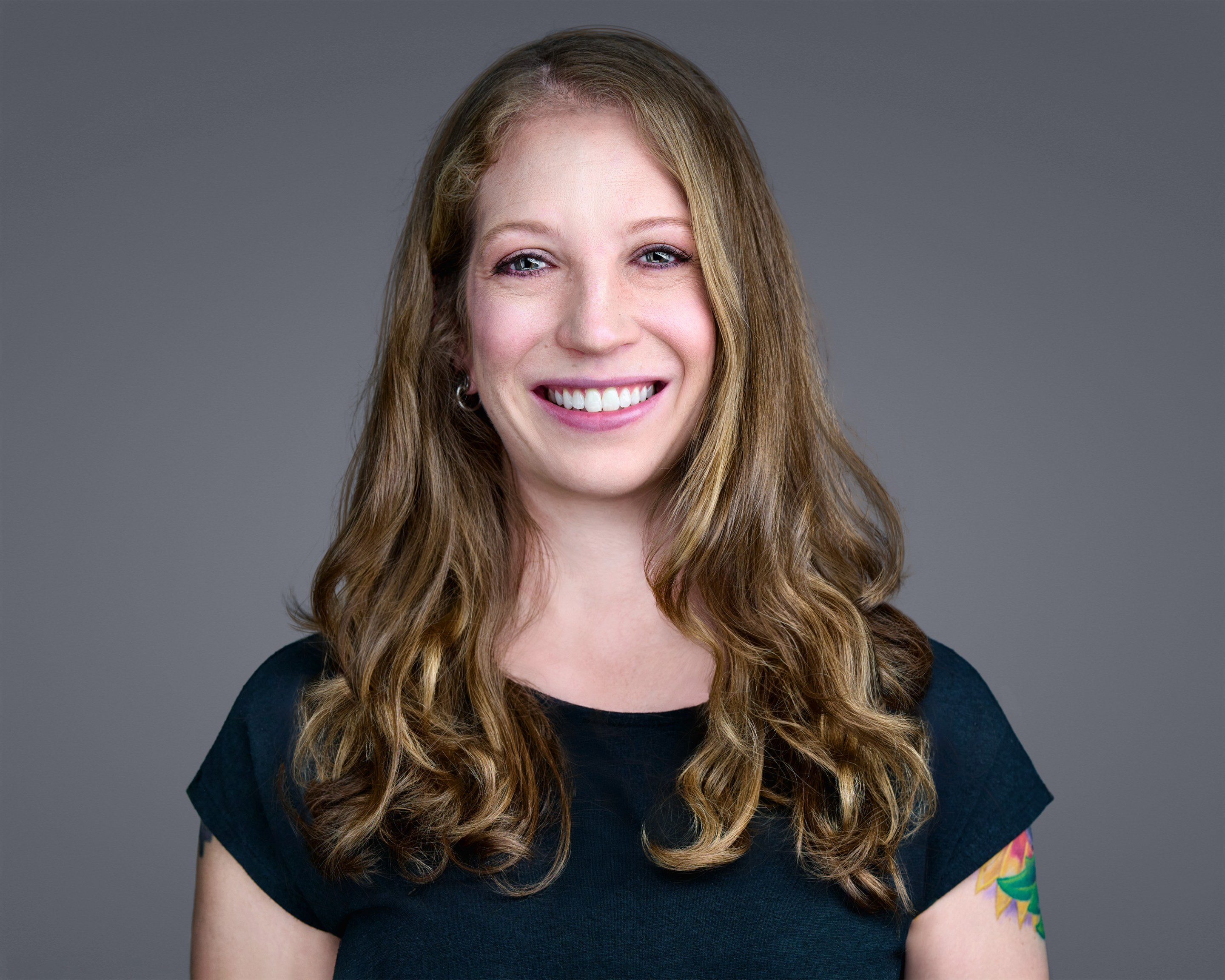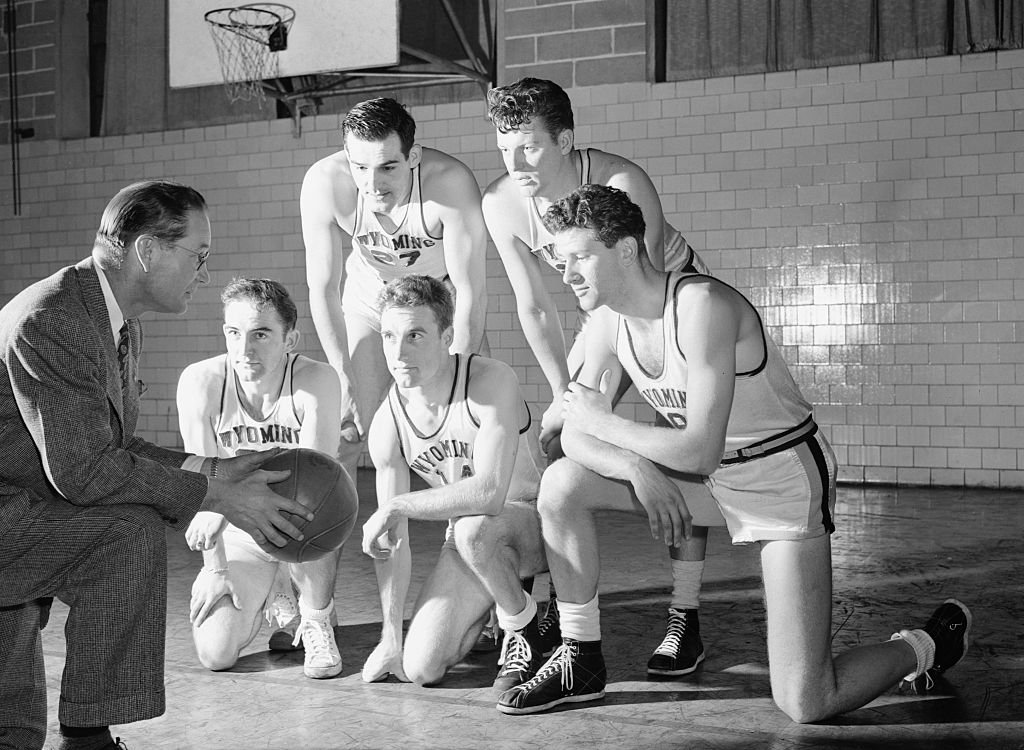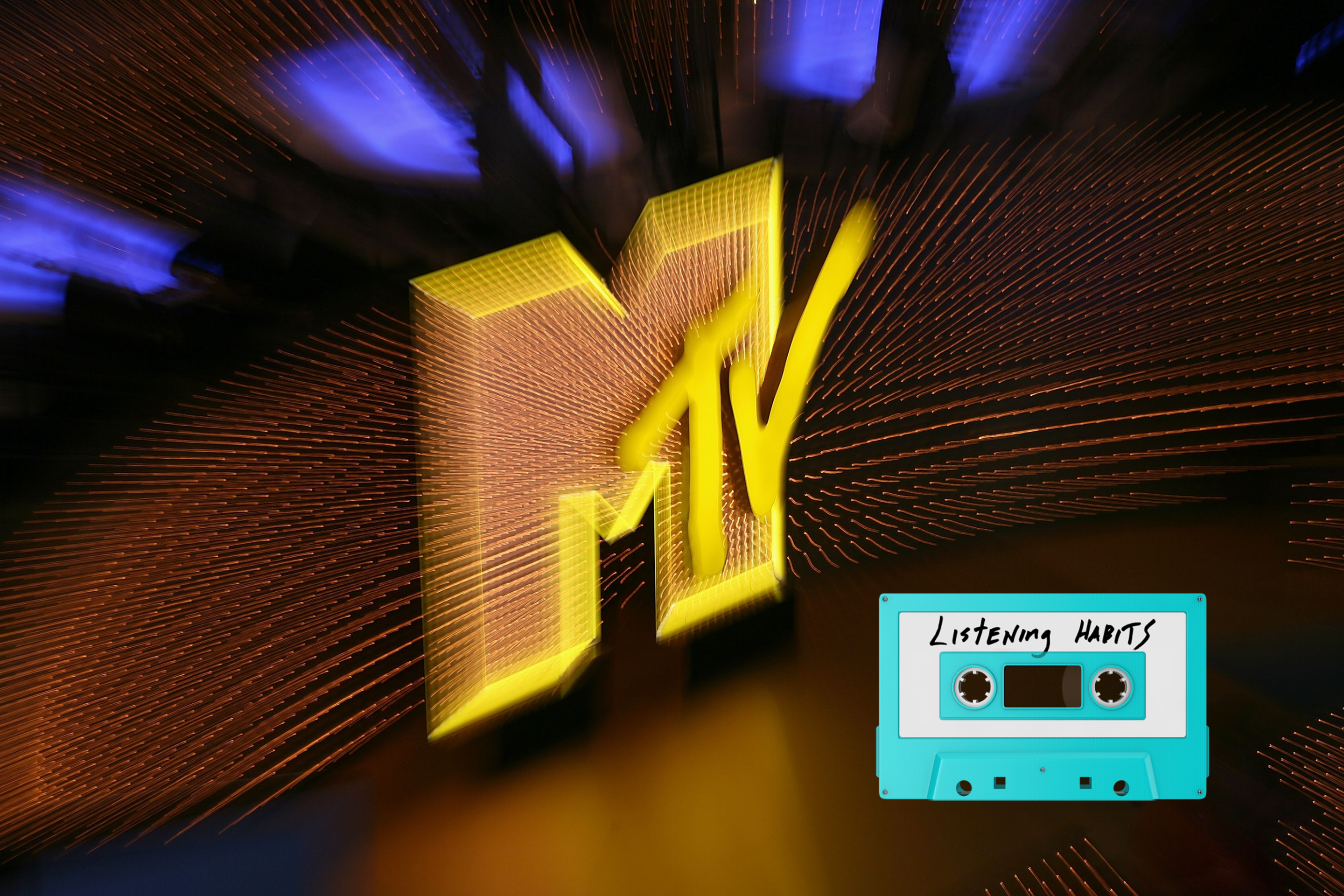After weeks of receiving insulting emails from the federal government, Sarah Boim learned she was fired from her dream job at the Centers for Disease Control and Prevention at 8 p.m. on a Saturday. The email, which adhered to a template sent to all probationary workers, cited Boim's performance as the reason she was being let go. "That was devastating to me to read, even though I knew that it wasn't true," Boim said, adding that she had received a 4.66 out of five on her last annual performance review. Boim was overwhelmed with feelings from shock to depression. "I basically went through the stages of grief," she said. Then she arrived on a more galvanizing emotion: anger.
Boim and other probationary employees fired from the CDC scrambled to get more information about their situation. "Everybody was so scared, first of all that we were being spied on, which I'm sure we were," she said. They created a Signal chat and crowdsourced information, but they found a thicket of misinformation. "So a small group of us decided to start a newsletter to cut through some of that noise and increase access to facts," Boim said.
Boim and other terminated employees soon created Fired But Fighting, a coalition of CDC workers who were terminated for their probationary status or affected by the vast, relentless reductions in force, or RIFs, ordered by the Trump administration and Elon Musk's Department of Government Efficiency, or DOGE. "We're advocating for the reinstatement of terminated public health workers," Boim said. "We're exposing the political interference undermining public health infrastructure. We're informing the public and the press with data and stories and first-hand accounts, and we're also supporting our peers through coordinated outreach and action." Although Boim was fired in February, she and her co-organizers have been actively recruiting people affected by April's mass layoffs at the CDC, which have affected tens of thousands of workers.
Boim, who is currently on administrative leave, hopes this outreach might return some of these terminated employees to their former posts. "I would love to continue to do my job, because I feel like I was making a difference," Boim said. I spoke with Boim about the CDC's crucial work, her decision to become a public advocate for fired workers, and the generational harm that will come to a nation bereft of robust public health protections. (Fired But Fighting is not associated with the CDC or any government agency, but rather represents a grassroots coalition of people who were illegally terminated or improperly RIFed. Boim spoke on behalf of herself and the group Fired But Fighting.)
This interview has been edited and condensed for clarity.
Can you tell me about your path towards public service and how you first became interested in public health?
Out of college, I thought that I wanted to be an attorney for the ACLU. That was my childhood idea of what I wanted to do for a career. But before I spent money on law school, I took a job as a marketing and legal assistant at a local law firm. And I hated working with lawyers. So I'm so glad that I made that decision to test it out first. I was not able to break out of that field because of the job market, until six years later, when I got a position at [the] Georgia Institute of Technology. I was in a government-funded program for supporting Georgia's manufacturing industry. That is where I became really interested in service. My mom actually became a contractor for CDC, and encouraged me to start applying. So I finally got a position with, actually, her old contracting company. They were like, "Oh my gosh, there's another Kimberly!" I guess they loved her. So I was a contractor with them, and then another company for four years before getting my complete dream job at CDC as a full-time employee in January of [2024].
What did your mom do as a contractor?
Same thing as me. We're both health communication specialists.
Growing up, were you ever interested in doing what your mom did, or did it come together later?
I'm my mother's daughter. She's always encouraged a love of language and writing, so it's not a surprise that I was kind of following in her footsteps.
Can you tell me a little bit about what you were doing in these contracting jobs?
When I first came in, I was working on the Prevention Research Centers program, which is a congressionally mandated program starting in 1984. I worked for them for, I think, three years.
The Prevention Research program is a network of academic institutions that receive funding from CDC to address chronic health problems in their communities. They range from Harvard and Johns Hopkins to Georgia State University—they do some wonderful work with the refugee community. We have a huge refugee community in Clarkston, which is just outside of Atlanta. So when COVID hit, they leveraged that network to build vaccine confidence in their communities. The network we stood up was called the Vaccine Confidence Network, and I was responsible for coordinating across all of those academic institutions, implementing streamlined ways for them to communicate. I set up a Slack workspace, started a newsletter, ran meetings, provided technical assistance when they needed help launching a social media campaign. Simultaneously, I was also working on a project with American College of Obstetricians and Gynecologists, ACOG, and they were receiving funding from CDC to provide training to clinicians to help them increase their patients' vaccine confidence.
Those projects wrapped up. I moved to a different contracting company with a totally different kind of job with the National Center for Health Statistics. So that was pretty exciting to have to learn something new. I was not familiar with working with data scientists and statisticians, so it was cool learning how to work alongside them and understand their quirky ways of communicating. And then I finally got my offer as a full-time employee. I did not apply for that job. My certifications were actually shared with the hiring team for a different job that I had applied for. It took four months for me to get onboarded, and I finally joined this really, really great communications team at NCEH/ATSDR, which stands for the National Center for Environmental Health and Agency for Toxic Substances and Disease Registry. So I was coordinating—they were using some antiquated ways of running their communications process internally. So I established a lot of automated ways to make our communications processes more efficient. And [I] did some training for our communication staff. I sat in the Office of Communications and the OD, so I was coordinating with all of the other health communicators and all the different branches of the NCEH/ATSDR.
What has it been like for you working in public health throughout the pandemic?
It has been so rewarding. I really felt like I was making a difference, and it was a quantifiable difference. For example, with the Vaccine Confidence Network, our network members reported a 46 percent increase in vaccine confidence in their communities.
Were there any challenges that you faced, or any surprising resistance you encountered in your work?
I would say that the people that we were working with understood how important building vaccine confidence was. We were working with people who were invested in facilitating and building confidence. If there was a challenge, it was really standing up this network while simultaneously doing the services that that the network needed to provide, because we just didn't have time to do all the legwork beforehand. So, figuring out how to streamline those communications, figuring out how to start a newsletter and provide all this technical assistance while the centers were already providing services to their communities was challenging, but it was also like it was something that I didn't even think I could do, you know? And when we were able to actually accomplish that as a team, it felt really, really good.
Could you tell me about the mission and the purpose of the National Center for Environmental Health and Agency for Toxic Substances and Disease Registry?
It's a mouthful. It's actually—they're kind of two different centers that got squished together, and I don't fully understand why. The National Center for Environmental Health, it does what it sounds like. We address health disparities that are caused by environmental factors, as well as addressing the negative health outcomes that happen during an extreme weather event like heat or hurricanes or earthquakes or those kinds of things. And then ATSDR focuses on hazardous substances in the environment. They are the people that are addressing lead contamination in consumer products or the VSP, the Vessel Sanitation Program, which oversees sanitation for cruise ships. We work hand in hand. Like harmful algal blooms, those happen in the water but they're also a hazardous substance. So we need to address those kinds of problems from both an environmental standpoint and a substances, laboratory-based standpoint.
Can you talk a little bit about what an average day looked like for you?
We work to prevent illness, disability, and death from contacts between people and the environment. That's our stated mission.
My day-to-day, I do a lot of data analysis and recommendations. So internal processes—I streamline the way that people request social media posts [for CDC social media accounts]. So instead of using a table in Microsoft Word, we were using SharePoint and Power Automate to automate those requests and make it so much faster to get approvals pushed through.
I also really emphasize the need for data-driven decision-making when it comes to external communications and measuring their efficacy. I created a data request portal where people could ask me for data from website analytics or social media metrics or social listening metrics that can help them inform their messaging to make it resonate better with our audiences. And the last big piece of my job was to set up automated reports that use social listening software to identify emerging issues and allow our leadership to make faster decisions about how to address those issues.
What is social listening software?
The one I use is kind of AI-driven. It's called Meltwater, and you use Boolean to create custom searches for different priority topics. It scrapes the web for news, social media, broadcast, and a number of other digitally accessible sources, and it collates them and makes it either machine readable with a CSV export, and it also will do data visualizations on its own that are shareable. It's super-powerful.
Were there any projects in particular that you were proud of accomplishing at your time at the CDC?
I worked with the evaluation team for for this program called the Heat and Health Initiative. My role was to provide data, like what I just went over, to help inform the efficacy of that tool. One of the main tools that we rolled out for the Heat and Health Initiative was this tool called HeatRisk, which is really cool. It's a heat forecasting tool where you can enter your zip code, and it'll give you a forecast for heat risk exposure and provide ways that you can protect yourself from heat stroke and heat exhaustion.
I just double checked and it is still up—you never know with everything that's going on. So I was working to provide the evaluation team with data to help correlate heat events with access to our resources so that we could understand the public health impact of our services. When I was terminated abruptly, I was unable to train someone on how to pull those data. So I do not know how or whether they're getting that information. And I'll also say, as part of my role working with that team, I was among a group that was nominated for a CDC Director's Award for cross center collaboration, which was a huge honor for me.
What percentage of your team was cut?
My team was actually spared from the RIF. If I was reinstated, I would have a team to go back to. The center was decimated. I'm not sure—there doesn't seem to be any rhyme or reason—so I'm not sure why they were spared and others weren't. For example, the DEHSP, the Division of Environmental Health Science and Practice, they were completely wiped out. They were supporting surveillance, epidemiology, technical assistance, training and preparedness activities. They are the reason that we were unable to provide support when Milwaukee is continuing to have an issue with lead in the water in schools. They asked for our help, and that team is gone, so we were unable to provide them with that help.
Can you talk about your experience being fired?
I don't even know how to begin to describe the way that we were treated. We were—oh, my God, I'm gonna cry.
We were getting emails stating that we should leave our low-productivity public service jobs and go into the high productivity private sector. We were told that our DEI initiatives were resulting in shameful discrimination. We were getting insulting emails sent to us in the middle of the night and on weekends. Morale was so awful. People were crying in meetings. So we knew that something bad was going to happen. I never expected this level of chaos and disregard for public health expertise and science. I learned that my name was on a list of "probationary employees," which is basically limited-tenure employees. People who have been full-time employees for less than two years, or people who recently got promoted, or people who changed centers. It ranges from anyone from early-career professionals to seasoned public health experts that happen to be promoted or change centers. Originally, it sounded like leadership was given an opportunity to categorize people on that list by whether they were irreplaceable. That turned out just to be basically a busywork task for leadership, because no consideration was given to that list, to those rankings. We were all fired.
When did those emails start, and how long were they ongoing before you learned about your termination?
it started like almost immediately after the inauguration. The first email came from NIH and HHS. It was from Scott Rowell, who was the Deputy Chief of Staff, and that is the email that stated that our DEI efforts were resulting in shameful discrimination. The exact line is "these programs divided Americans by race, wasted taxpayer dollars and resulted in shameful discrimination." Then we started getting emails from an email address which was hr@opm.gov. It simply said, "This is a test of a new distribution and response list" and it told us that we needed to reply "yes." People were reporting this as phishing, left and right to the point where ITSO, the IT service—whatever, the help desk—had to send several emails stating that those emails were legitimate, And that is when we started getting emails about being low-productivity and wasteful on a regular basis.
Now I'm angry and speaking out and doing everything I can to share information and create public outcry, Because I feel like that is the only way that things are changing, as people learn about important programs that were cut, some of those programs are being reestablished.

Did you have any hesitation about sharing your own story? What has that experience been like for you?
I did it first, but then I realized I had nothing left to lose. So then I started saying yes to anybody who wanted to talk to me. And by the time I ended up on Deadline: White House on national TV, I decided that there was no point in being anonymous anymore. So I started putting my name out there and talking to anyone who will talk to me.
What are your fears or concerns about what we as a nation lose with these cuts to the CDC?
There’s going to be immediate impacts. I think the most concerning thing is our preventative work, which you can’t see right away. But losing those programs is going to cause generational harm. The Injury Center … they have a number of different branches, including violence prevention, addressing the opioid epidemic, preventing children from drowning, doing suicide prevention. [CORRECTION: An earlier version of this article misstated the extent of the cuts to the Injury Center. One-third of the staff has been fired.] There is no one teaching the YMCA and other organizations best practices for preventing drowning. The absence of those services is going to be felt immediately and for years to come.
What are your fears about these attacks on public health in America right now?
I'm struggling to understand it. I'm struggling to understand how and why we have been villainized when all we want to do is serve the public. There is nobody that went into public health because they wanted to make a lot of money. Because you don't, right? You go into public health because you want to serve people.
If you have lost your job as a result of ongoing government cuts and are interested in speaking with me for this series, please contact me on Signal at simbler.88 or simbler@defector.com. I would love to hear from you.





